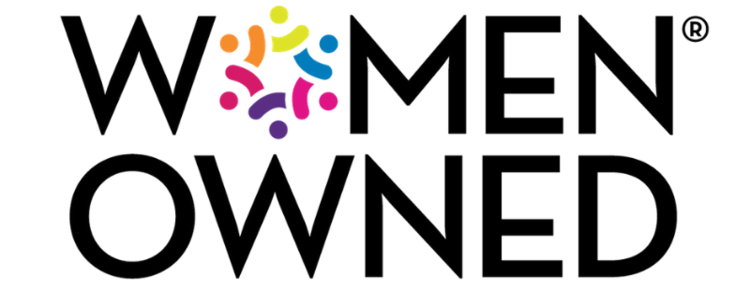It doesn’t have to be that way. It’s possible to reuse many forms of content to maximize the value of the time spent writing, minimize unnecessary work, and squeeze every penny of ROI out of the documents your team produces.
1: Use pre-existing content as templates
The most straightforward way to reuse content is to use the writing as templates. For example, individual business proposals need to be customized to the intended recipient, but if your organization produces multiple proposals on the same subject matter, you can re-use much of the same content as-is or with only minor modifications. Even better, you can extract content for use in different document formats, like press releases, marketing collateral, and more.
2: Slice and dice content into new formats
In this scenario, the content will need work; we’re not talking about lifting content with little to no modification. Still, it’s easier to work with existing content than to write new documents from scratch. For instance, longer technical papers can serve as source material for shorter articles, blog posts, social media snippets, presentations, etc. Presentations themselves can serve as the basis of technical and white papers.
To spend all the work creating something like a presentation and then leaving the content trapped in that one form alone is a major waste. If nothing else, turn it into a short but engaging and nicely written two-pager that serves as a downloadable asset to get people to your website.
3: Aggregate content into usable knowledge bases
We’ve written about the importance of, and challenges to, retaining institutional knowledge. Any type of paper or other knowledge document should be incorporated into, or adapted for, an organizational knowledge base. That way its information won’t end up trapped in a file on one person’s computer. It can continue to benefit everyone.
Moreover, documents like blog posts, articles, and essays can easily be aggregated into eBooks or internal wikis. Combining individual pieces of content is about more than making content do double-duty; it can preserve information that would otherwise be lost.
Long-standing blogs frequently turn into black holes of information. For example, we’ve had clients who, when redesigning their website, simply delete or forget about years’ worth of blog posts and other content. What a waste! Turning that content into something like an eBook can capture valuable knowledge in permanent, easily accessible forms. In the end, if you do nothing with the content, you’re guaranteed to lose all that value. But with just a little repurposing, your content can continuing generating benefits indefinitely.
About Hurley Write, Inc.
Hurley Write, Inc., a certified women-owned small business (WBENC and WOSB), Historically Underutilized (HUB), and Disadvantaged Business Enterprise (DBE), has been designing and teaching customized onsite and online technical, business, and scientific writing courses for over 30 years. We also develop and teach specialty courses, such as how to write proposals and standard operating procedures (SOPs) and deviation and investigation reports, and how to prepare and give great presentations. Links: Internal


